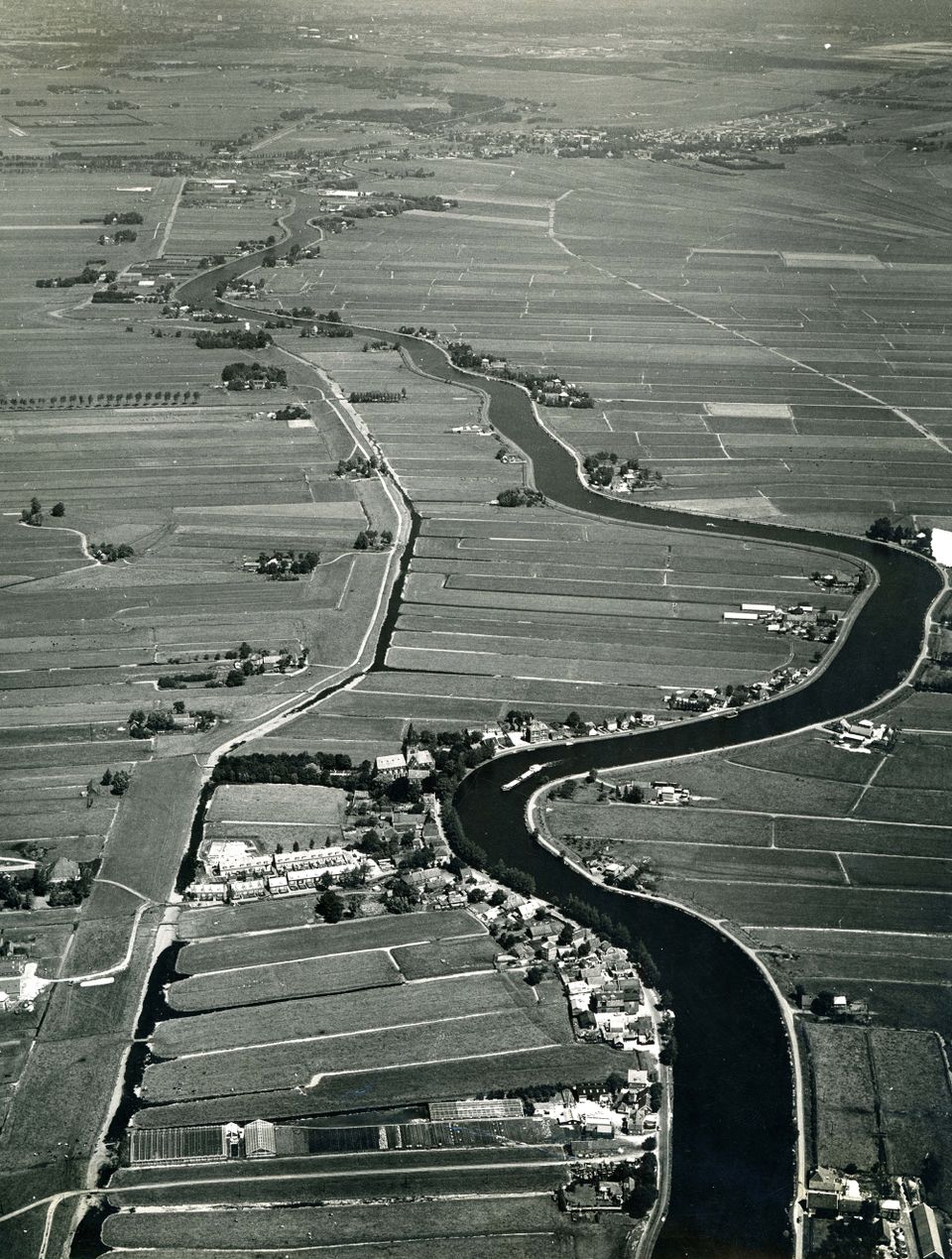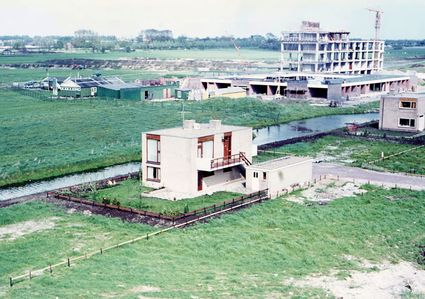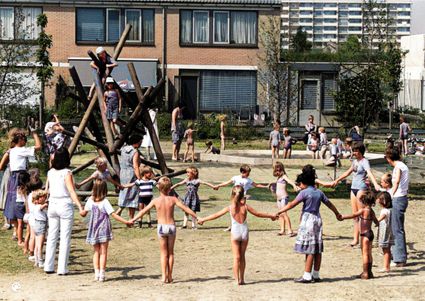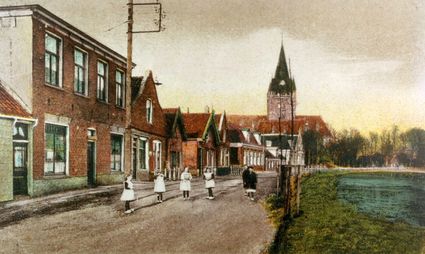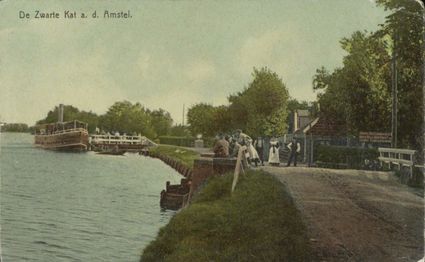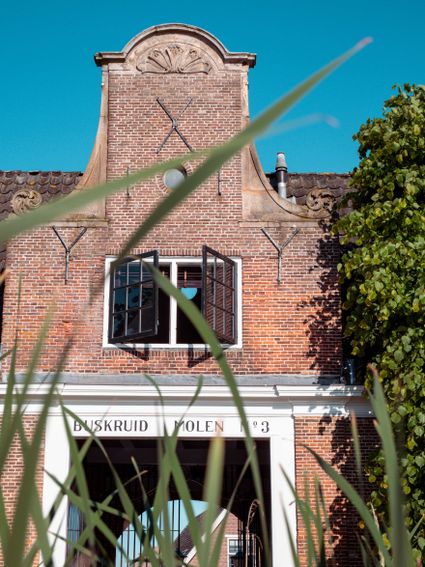City in the Polder
Open the route in Google Maps
Explore the history of the polders in Amstelveen during this bike tour through Groenelaan, Waardhuizen, and the village of Nes aan de Amstel. This part of Amstelveen was developed in what was formerly known as the Bovenkerkerpolder. Many traces of Amstelveen's history can still be found in the landscape and buildings.
History of the polder
The Bovenkerkerpolder has a rich history. The area used to consist of marshland. About a thousand years ago, people started settling in the area. They soon dug ditches to make the land usable for agriculture.
The area consisted largely of peat, which could be used to produce peat fuel. Because peat was dug extensively, a pond formed. This pond was drained in 1764, allowing construction to begin.
Nes aan de Amstel
The village…
Open the route in Google Maps
Explore the history of the polders in Amstelveen during this bike tour through Groenelaan, Waardhuizen, and the village of Nes aan de Amstel. This part of Amstelveen was developed in what was formerly known as the Bovenkerkerpolder. Many traces of Amstelveen's history can still be found in the landscape and buildings.
History of the polder
The Bovenkerkerpolder has a rich history. The area used to consist of marshland. About a thousand years ago, people started settling in the area. They soon dug ditches to make the land usable for agriculture.
The area consisted largely of peat, which could be used to produce peat fuel. Because peat was dug extensively, a pond formed. This pond was drained in 1764, allowing construction to begin.
Nes aan de Amstel
The village of Nes has lively traditions, including the Nes cycling race and the annual village festival. Every year at the village festival, the "slob- en slootrace" (slop and ditch race) is held, a competition across fields and ditches.
The village has a beautiful church, the Sint Urbanuskerk. This cruciform basilica was built between 1889 and 1891 by architect Joseph Cuypers.
De Zwarte Kat (The Black Cat)
Along the Amstel River near Nes lie three neighbourhoods: De Nes, De Zwaluwe-buurt, and De Zwarte Kat (The Black Cat). The latter neighbourhood is named after a café that stood there for centuries. A gable stone with a black cat can still be found in the building.
A little further on stands the gunpowder factory "De Oude Molen" (The Old Mill). The gunpowder produced here was used for warships and fireworks. The factory exploded twice, the last time in 1953.
Groenelaan and Waardhuizen
In 1965, new construction was added to the Bovenkerkerpolder. A quiet neighborhood was needed around Groenelaan, which gave the neighborhood its name.
About ten years later, Waardhuizen was built. This neighbourhood consists mainly of single-family homes. A lot of attention was paid to the construction of residential areas and playgrounds.
Check out the rest of the historical routes here.
Sights on this route
Starting point
Amstelveen
Navigate to starting point


